
Sai Baba Temple
The Sai Baba temple called the Samadhi Mandir is the heart of the town of Shirdi. The Samadhi Mandir is where Sai Baba was laid to rest. Also all the places that were touched by his presence, like Dwarkamai, the old Khandoba temple and his garden Lendi Bagh are now places visited by pilgrims. The Shri Sai Baba Sansthan is the organisation that supervises the activities at the Samadhi Mandir and other sacred locations.
The processions on Thursdays recreate the route taken by Baba from Dwarkamai to the Chavdi where he slept every alternate night. The festivals like Ramnavami, Guru Purnima and Punya Tithi on Vijaya Dashami were celebrated during his lifetime and now thousands of joyous pilgrims join in the processions.
Shri Sai Baba Sansthan
This is a large complex that has the buildings of the Sansthan that administers the running of the temple. As the number of pilgrims grows every year its work has also become more challenging. There is a library called Shri Sai Vanmay Kaksha in the building called Shanti Niwas (open 10am – 6pm). There is also a reading hall near the reception area.
- Footwear has to be deposited at the counter near the entrance
- Cameras and mobile phones are not allowed inside the premises
- Lockers are available
- The Sansthan runs the Prasadalaya where a hot, vegetarian thali is provided at a very reasonable price from 10am to 10pm. Breakfast is served between 7am to 9am. There is a canteen in the Sansthan building.
Samadhi Mandir
This is the most important shrine in Shirdi. It was originally called Dagdi Wada and also Butti Wada as the mansion was built by a devotee from Pune named Gopalrao Butti. Work on the wada was started in 1915 and at Baba’s request Gopalrao built a temple to Lord Krishna inside. On his last day Baba had wanted to be taken to the Butti Wada and when he attained nirvana in 1918 his mortal remains were buried here. The image of Krishna was then shifted to the Dixit Wada Museum.
Today there is a white marble tomb and a life size marble image of Sai Baba is placed next to the tomb. This statue was carved by the sculptor Balaji Vasant Talim from Mumbai and installed here on 7th October, 1954. The religious rituals that have grown around the image all reflect how for his devotees Sai Baba is still a living presence. The image is bathed every morning, it is offered four meals every day, its garments are changed after each aarti and at night a mosquito net is hung around it. At night the tomb is covered in a strip of cotton cloth like those that were used to make his kafnis. A glass of water is always placed beside the image.
The marble statue of Sai Baba in the Samadhi Mandir has become the most familiar image of the saint. Many feel it captures the essence of Baba’s character. There is an intriguing story of its creation. Some white marble arrived from Italy at the Bombay docks but no one claimed it. So the authorities auctioned it and the buyer offered it to the Shirdi Sansthan. The sculptor Balaji Vasant Talim was commissioned to make the image and all he had was a single photograph to work with. The image was installed at the Mandir on 7th October 1954 on Vijayadashami day.
There are a number of aratis and pujas at the temple during the day. The queues begin at the Darshan Dwar and there is a minimum wait of about half an hour. The waiting time gets longer on festival days. There are also recitals from the book Sai Samarth Satcharita and bhajans are sung and a palanquin procession starts from the Samadhi Mandir to Dwarkamai every night. A special prasad can be purchased from the reception counters all day. The ash Udhi is distributed free from a counter opposite the Samadhi Mandir.
Find Your Perfect Read
Explore More
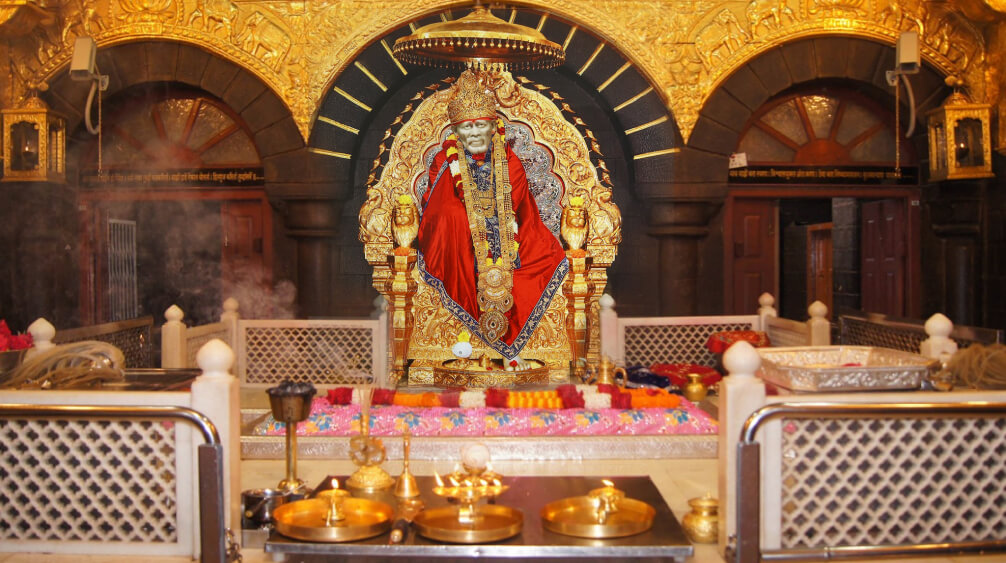
Sai Baba of Shirdi
Daiwik Hotel welcomes you to Shirdi, a town blessed by the presence of one of the most revered...
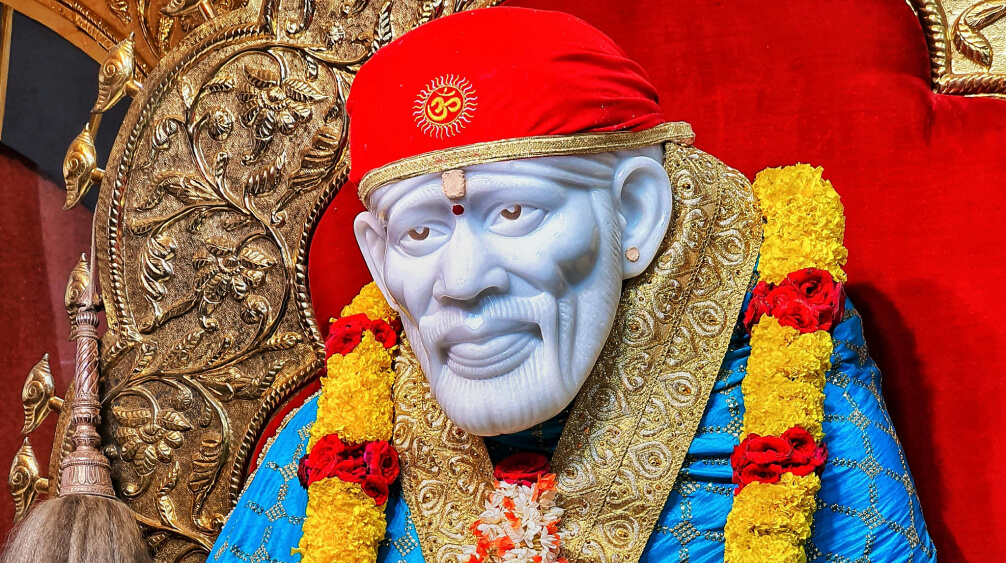
Teachings of Sai Baba
He was a man of few words, who refused to talk about his past. He always had time for people…
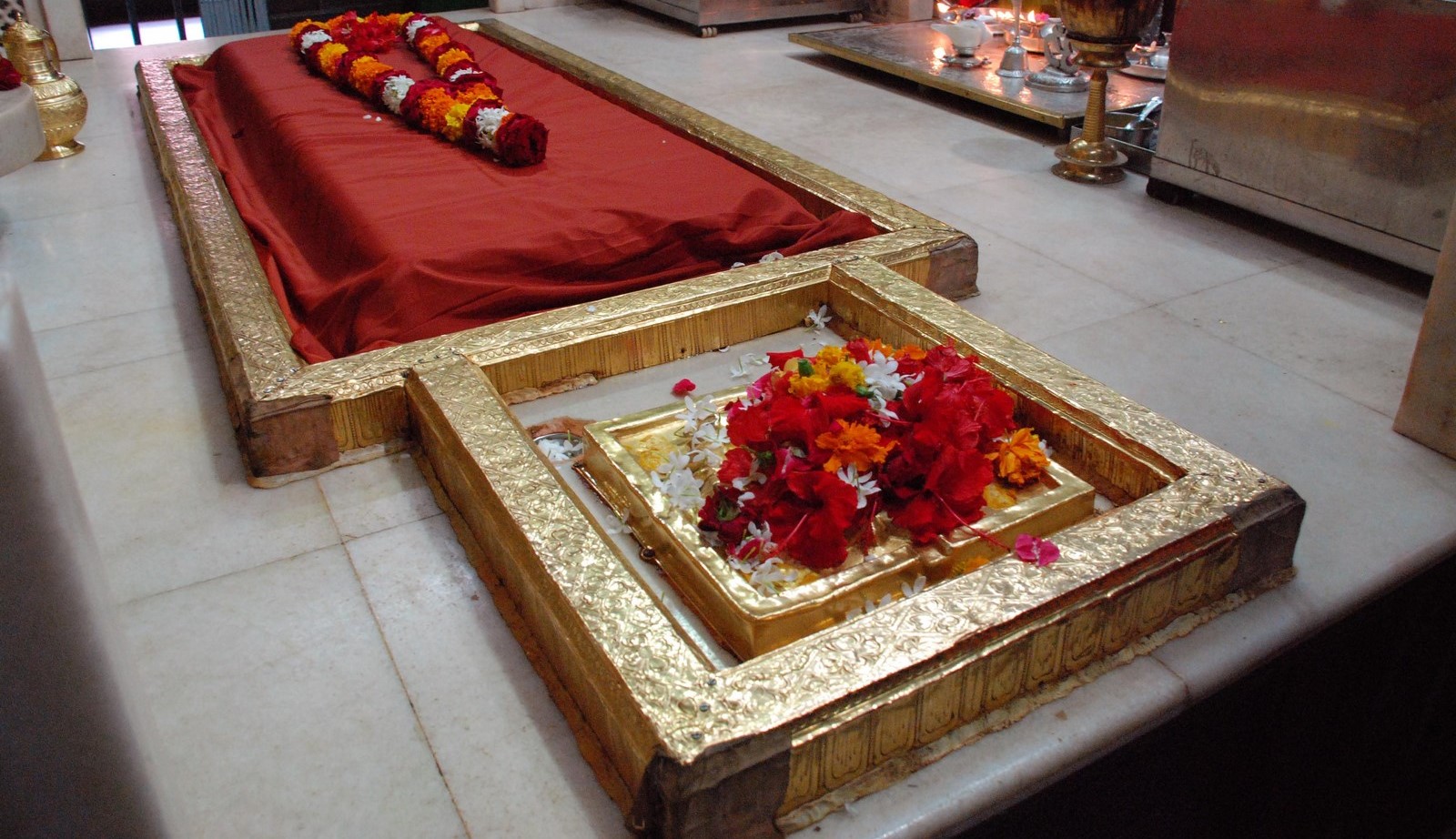
Sai Baba Temple
The Sai Baba temple called the Samadhi Mandir is the heart of the town of Shirdi. The...
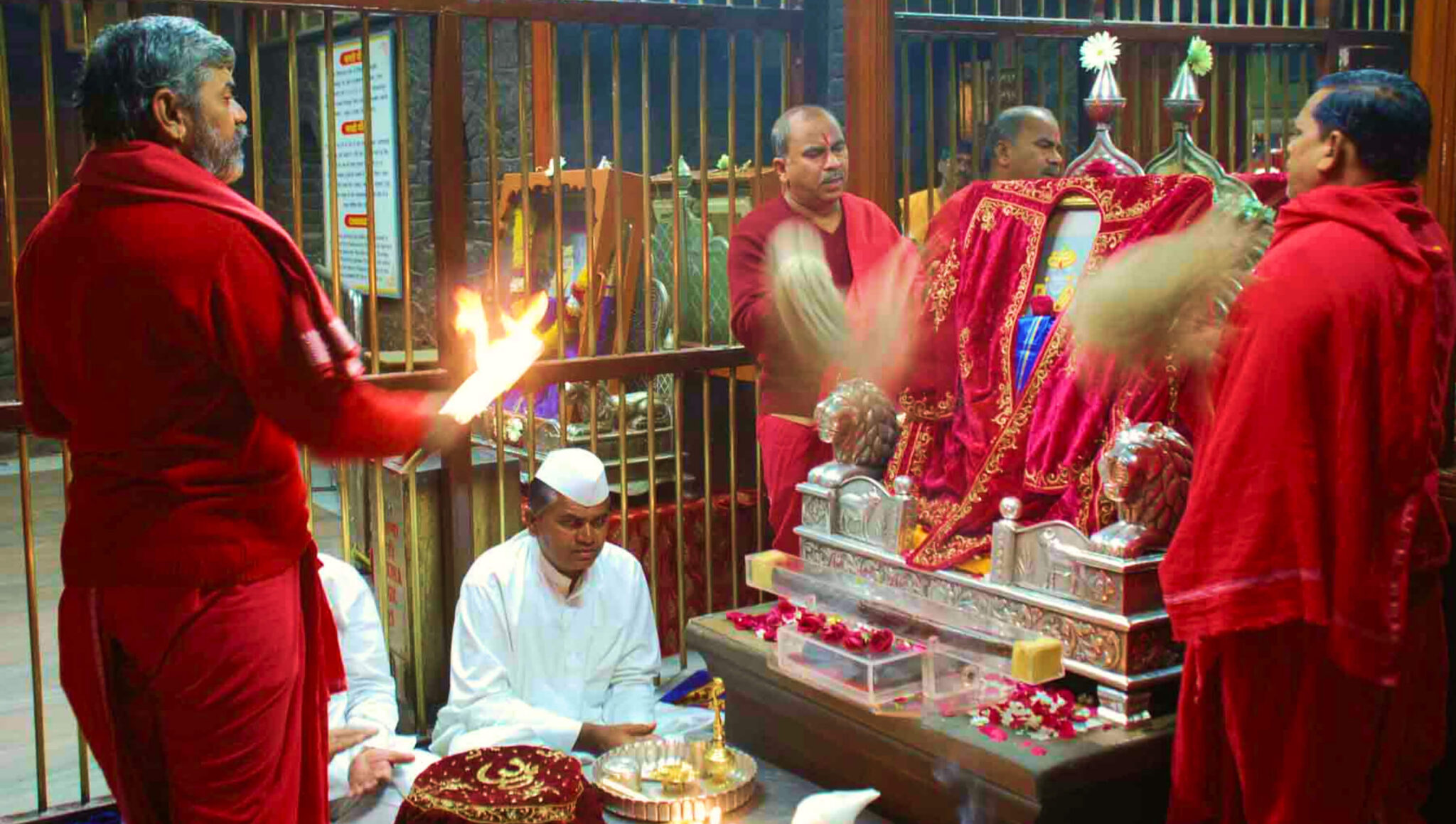
Pujas & Festivals
There are a number of daily religious ceremonies and also yearly festivals at Shirdi...
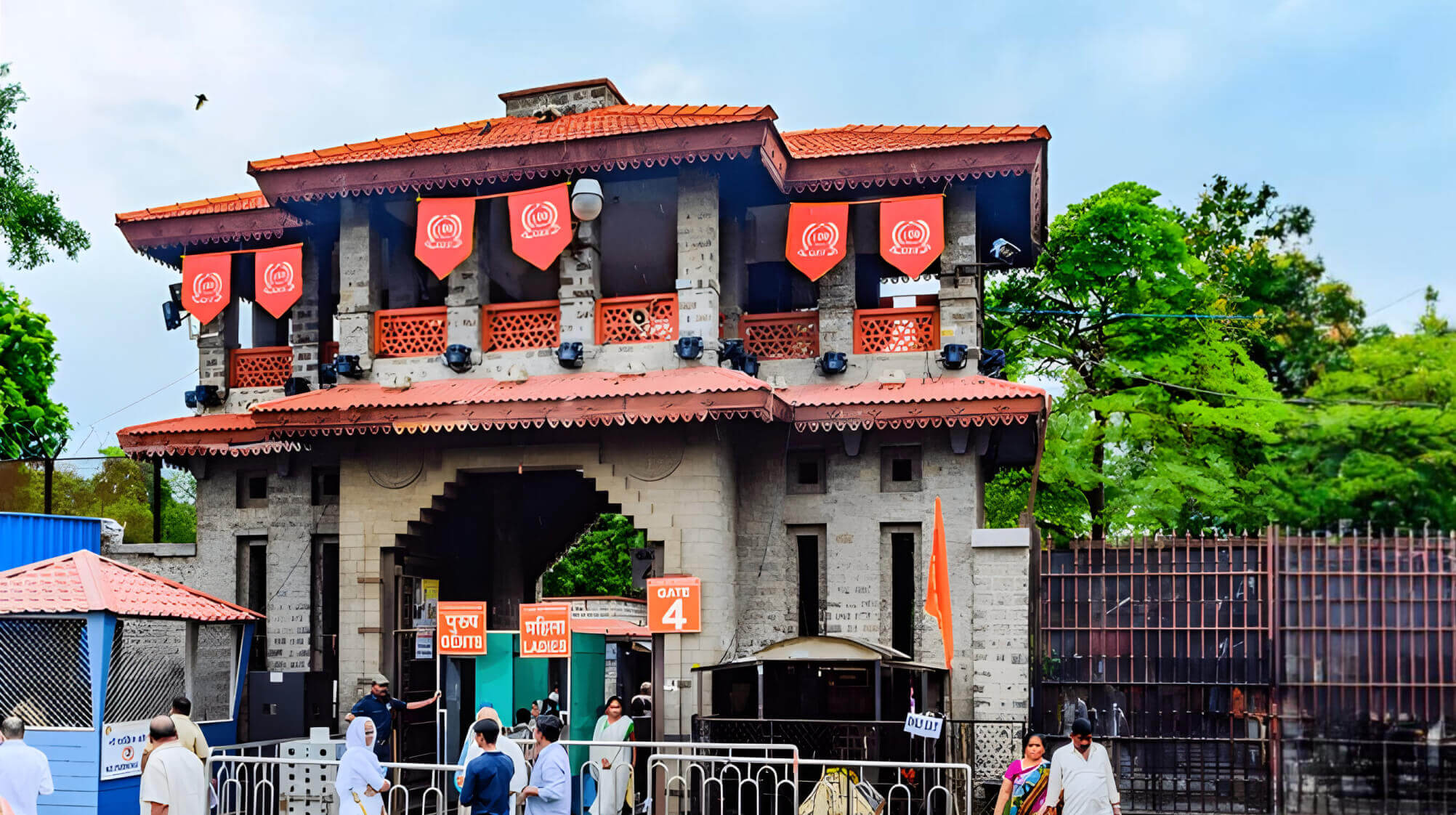
Other Sacred Places
Pilgrims arriving at Shirdi head first for the Samadhi Mandir to worship at the grave of Sai Baba….
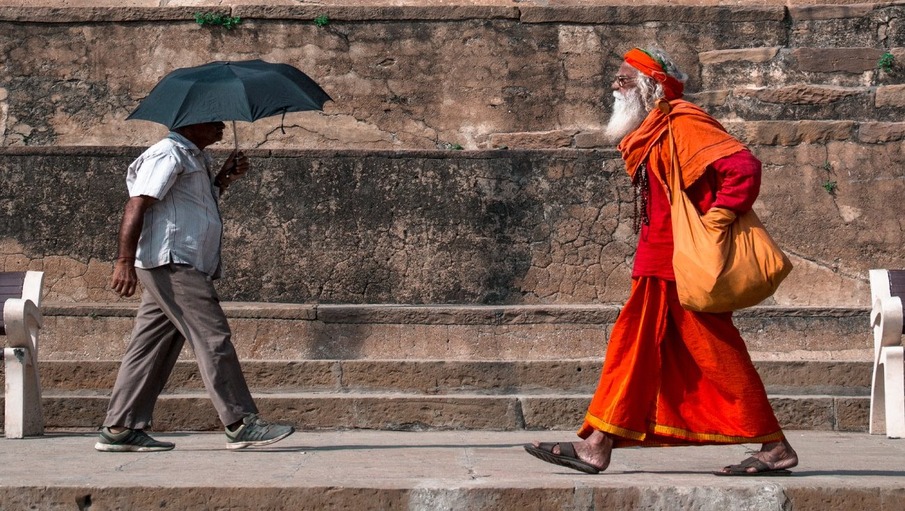
Travelling to Shirdi
Shirdi is a town in the Ahmednagar District of Maharashtra. It is located on the...

